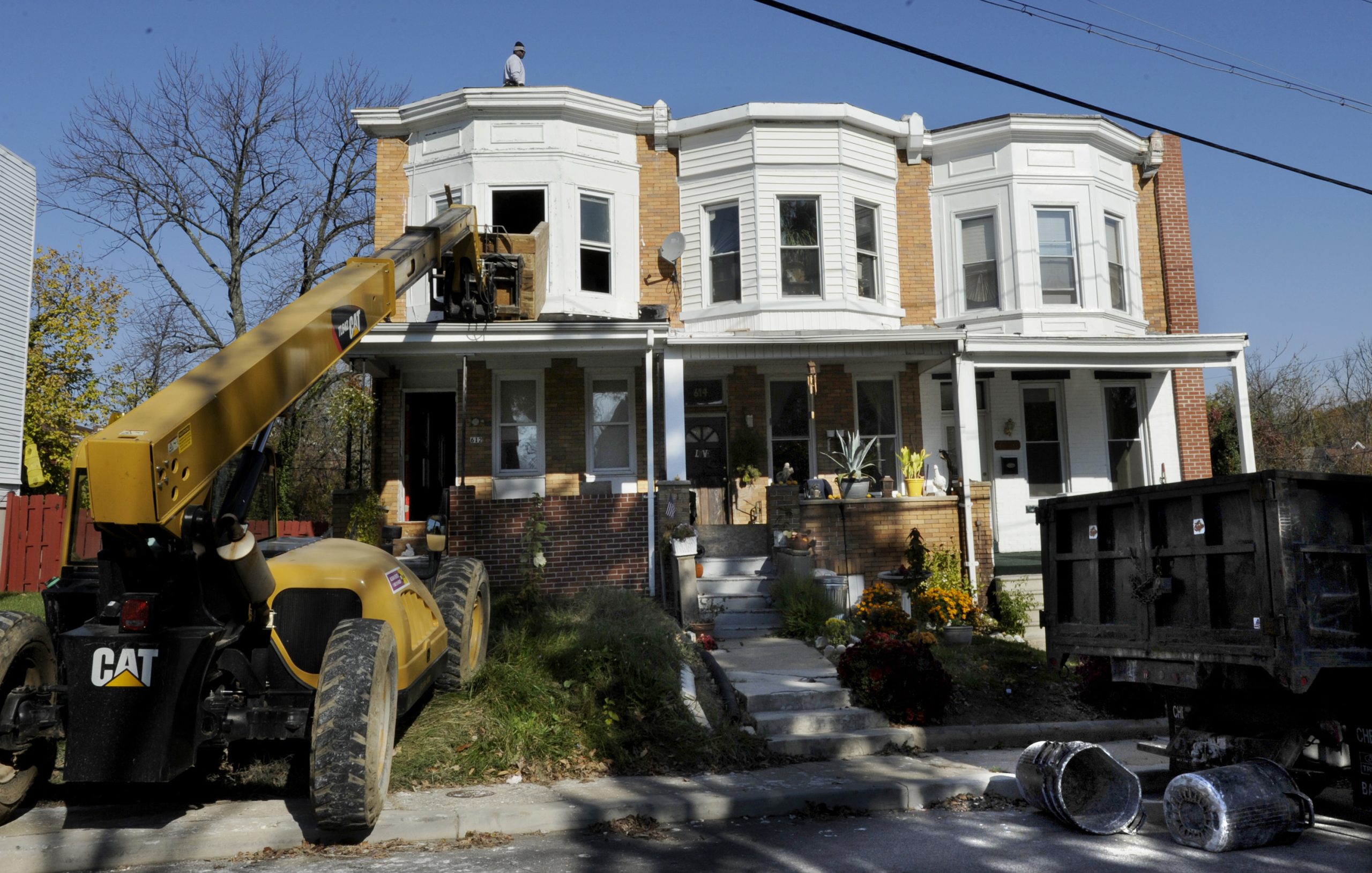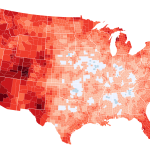America is grappling with a severe housing crisis, a stark contradiction highlighted by the existence of nearly 15 million vacant homes alongside a deficit of over 4 million housing units. This paradox, revealed by LendingTree data, underscores the complex nature of the problem and challenges the simplistic notion of a quick fix. The consequences are dire: record-high rent burdens, a soaring homelessness rate (exceeding 770,000 individuals last year, a modern-day peak), and even discussions of a national emergency declaration.
The Illusion of Abundance: Vacant Homes and Their Limitations
While the sheer number of vacant homes – over 5 million in the 50 largest metropolitan areas alone – might suggest a straightforward solution, the reality is far more nuanced. These vacant properties aren’t simply empty houses ready for immediate occupancy. Many are dilapidated, requiring extensive and costly renovations. Others are held by banks as foreclosures, trapped in bureaucratic processes, or owned by investors who are strategically holding onto them for future appreciation. The process of bringing these properties back into the market involves significant legal hurdles, financial investments, and logistical challenges. Simply identifying and making them habitable represents a massive undertaking.
Beyond Numbers: The Deeper Roots of the Housing Crisis
The housing shortage isn’t solely a matter of insufficient supply. It’s intricately woven with economic inequality, zoning regulations, and a lack of affordable housing development. Many vacant homes are located in areas lacking adequate infrastructure, schools, or job opportunities, rendering them unattractive to potential residents, even if affordable. Furthermore, stringent zoning laws in many areas restrict the construction of denser, more affordable housing options, exacerbating the problem. The financial burden of renovation and the risk of investment in these properties also deter many potential buyers or developers.
A Multi-pronged Approach: Addressing the Housing Crisis Effectively
Addressing America’s housing crisis demands a comprehensive approach that goes beyond simply utilizing existing vacant properties. It requires a combination of strategies including: incentivizing renovation of vacant homes through tax breaks and streamlined permitting processes; reforming zoning laws to encourage the development of affordable housing; increasing funding for public housing programs; and implementing policies that address the root causes of homelessness, such as poverty and lack of access to social services. Simply unlocking the potential of vacant homes is insufficient; it requires a concerted effort to make them truly accessible and affordable to those most in need.
Conclusion:
The juxtaposition of millions of vacant homes and a significant housing shortage underscores the complexity of the crisis. While repurposing vacant properties offers a valuable piece of the solution, it’s only one part of a much larger puzzle. A multi-faceted approach, tackling zoning regulations, economic inequality, and the financial barriers to renovation, is crucial to effectively address the housing needs of millions of Americans. Ignoring the underlying systemic issues will only perpetuate the crisis, leaving millions vulnerable to housing insecurity.
Based on materials: Vox





